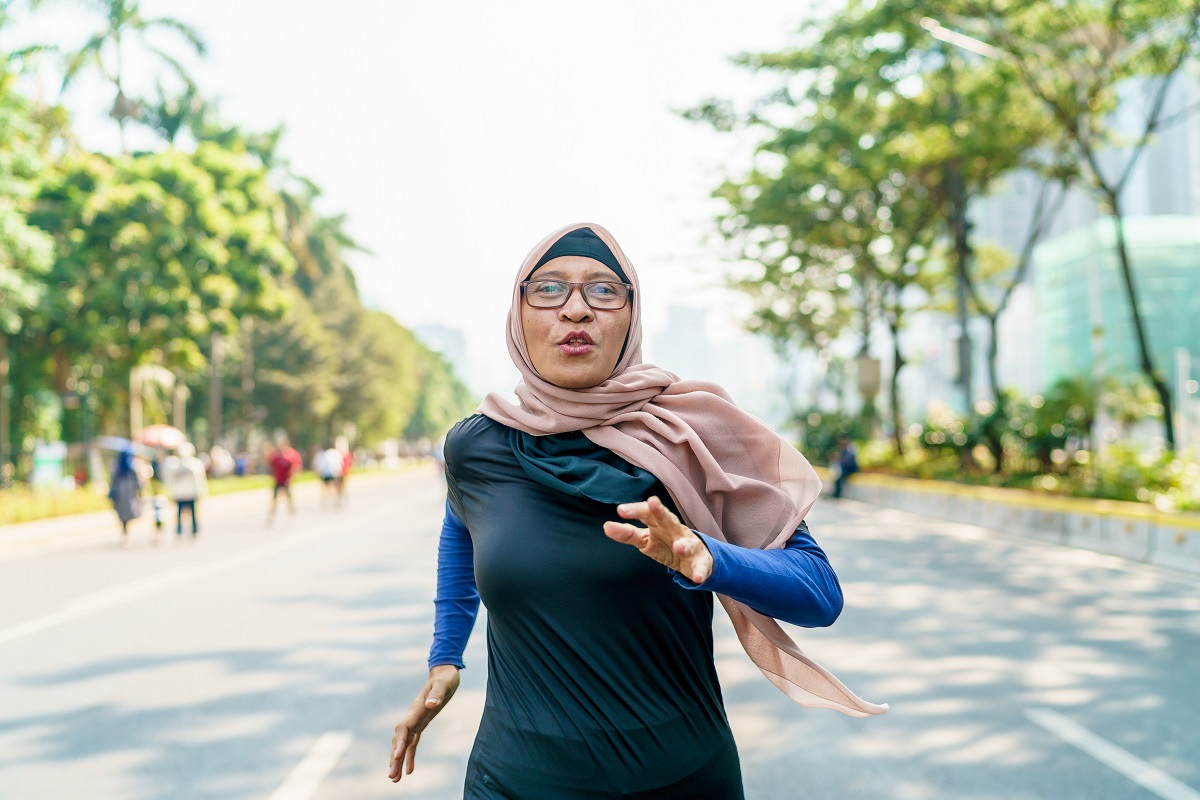For 84% of consumers across Asia Pacific, seeing people of various ethnicities, backgrounds, and appearances represented in advertising isn’t enough – they expect companies to do a better job of capturing people’s true lifestyles and cultures, according to new research.
Getty Images’ research was conducted via creative insights platform Visual GPS and completed in conjunction with global market research firm YouGov.
“Amid the COVID-19 pandemic and despite massive changes in people’s lives, the demand for more diversity in visual communications has only increased. The first Visual GPS study conducted prior to the COVID-19 pandemic showed us how important representation is to people and this latest research shows how much further they expect brands to go,” Getty Images creative research project manager, Petra O’Halloran said.
This demand for brands to showcase a broader representation of diversity in their advertising is not being met with Australian customer search data on Getty Images showing searches decreasing year-on-year for ‘diversity’ (down 15%), ‘culture’ (down 46%) and ‘inclusion’ (down 21%). This is compared to global search data, which revealed a staggering increase for ‘diversity’ (up 133%), ‘culture’ (up 115%) and ‘inclusion’ (up 126%).
“Our data and research tells us there’s a clear appetite to tell, hear and see inclusive stories, but brands and businesses must go beyond tokenistic inclusion to intentionally create advertising and business communications which truly capture people’s authentic lifestyles and culture,” O’Halloran said.
The latest Visual GPS research also reveals six in 10 consumers prefer to buy brands that are founded by or represent people like themselves. These results hold steady across generations and gender, with only modest differences across regions across the world.
The updated report also found that most people across APAC encounter bias, with more than half (59%) feeling they have been discriminated against on the basis of body shape, lifestyle choices, race, religion, gender, ethnicity, sexual orientation or gender identification. Notably, this sentiment is more common among Gen Z (73%) respondents in APAC. Of people who feel they have been discriminated against, only 19% say they are well-represented in advertising. Business communications are only marginally better, with 21% of respondents reporting that they feel well represented by this sector.
“There’s clearly room for improvement when it comes to how brands are representing their customers – and significant opportunities,” O’Halloran added.
In conjunction with the Visual GPS research findings, an Inclusive Visual Search Guide has been designed to assist brands and businesses in making intentional content choices which drive authentic and inclusive representation in visual communications.
This update is the latest effort by Getty Images to address underrepresentation and misrepresentation of different groups in visual communications, following commercial imagery collections including Muslimgirl.com, Nosotros, The Disability Collection and Project ShowUs.

